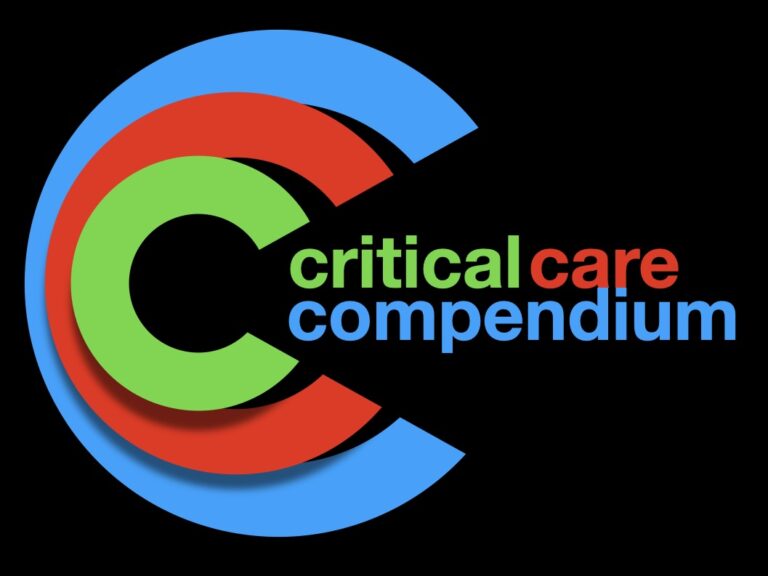
Malignant Hyperthermia
Malignant Hyperthermia = pharmacogenetic disease of skeletal muscle induced by exposure to certain anaesthetic agents; incidence 1:5,000 -> 1:65,000 anaesthetics (suspected); mutation in the gene coding for the ryanodine receptor




